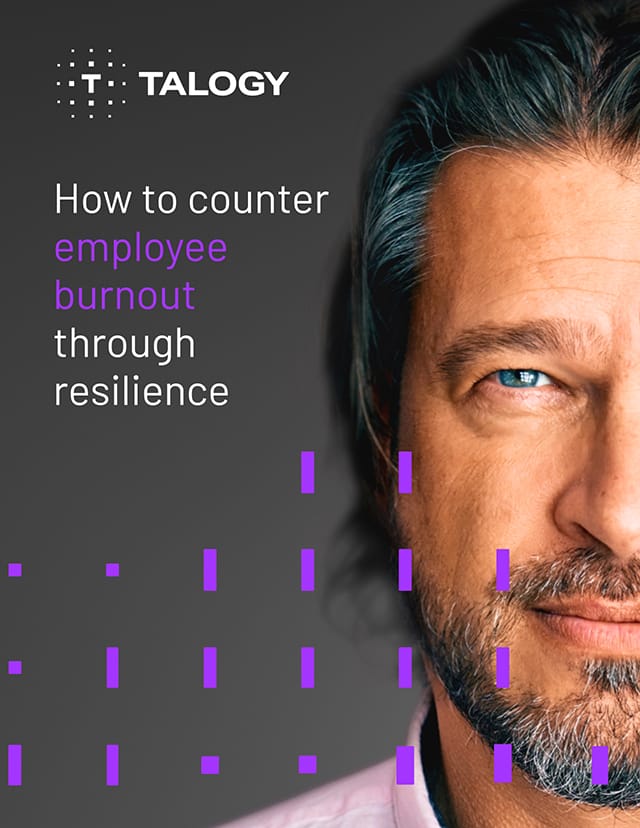Written by Vicki Bauer, Content Marketing Manager
So many of us have experienced it. The ping of a work email notification or our manager’s name scrolling across our phone as it rings during the after-work hours. Whether it interrupts happy hour, dinner with the family, or binging that highly anticipated series that was just released, it is just that: an interruption. It may be harmless and take up only a few minutes of your time, or it could require you to step away from what you were doing completely and find a quiet place to open your laptop. The industry and the type of work you perform likely dictates how frequently an event like this occurs. If you reside in a country where “right to disconnect” legislation has been passed, however, these outside of work nuisances may become a thing of the past.
What is the right to disconnect?
The right to disconnect gives employees the ability to bypass work communication when off the clock without risking their job security or drawing the ire of their manager. It is designed to protect employees from feeling obligated to take that work call or provide an immediate response to an email that comes in before or after the predetermined workday. Ontario and Australia are some of the most recent locations to enact the right to disconnect legislation, following in the footsteps of others like France, Portugal, Spain, Argentina, and Peru. While different countries have adopted variations of the right to disconnect, this legislation signifies a step toward creating better boundaries for employees to promote a healthier work-life balance.
The advantage of disconnecting
The reason the right to disconnect seems to be picking up steam recently is because as technology has developed and become a bigger part of our every day, the lines between home and work have started to blur. These lines are often fully crossed in today’s world, causing a number of negative impacts like employee burnout. Not only are employees now reachable after hours, there are multiple ways to reach them. This puts a strain on the work-life balance that is needed to perform at our best while allowing for the necessary time to rest and recharge.
3 benefits of the right to disconnect
A few of the known benefits of disconnecting after you are done working for the day include:
- Minimize burnout: When you feel the need to be constantly ‘on,’ it’s easy to see how exhaustion and fatigue start to manifest into your routine. Employees need the opportunity to recharge their batteries or destress without feeling like they’re constantly on call, resulting in a more focused and energized workforce.
- Better work-life balance: Technology has afforded us many conveniences, but it’s also made it difficult to separate your home life from your work obligations. By taking small steps like turning off the sound of incoming email alerts or disabling push notifications for new instant messages, you’re already on the path to a better work-life balance. And hopefully given the right to disconnect, employees will feel more comfortable that doing so won’t lead to any consequences.
- Improved employee well-being: While some employees live to work, most realistically work to live. You want to feel as if you can go for a run or to the movies or to your child’s piano recital without work derailing those plans. When employees feel as if they can fully disconnect, they are able to address at least one piece of the well-being puzzle that can make personal endeavors more enjoyable, leaving employers with happier, more productive employees when they are on the clock.
The future of right to disconnect
Even if you don’t live in a country or a region where the right to disconnect is law, organizations can still make it a point to instill a version of this internally. By asking questions before initiating that outreach outside of normal business hours – questions like, ‘Will this impact the safety of employees or infrastructure if not addressed?’ – employers are creating a culture for employees that truly values their time.
As a fairly new initiative, there are still some unknowns about the right to disconnect such as how to properly enforce these guidelines and if employees will actually feel protected by them. Despite the natural growing pains, the right to disconnect has particularly taken off in Europe, leading to preliminary discussions in the United States. Even if not required by any governing body to implement the right to disconnect, organizations who are being proactive and leveraging components of it will have a positive impact on the lives of their employees.





